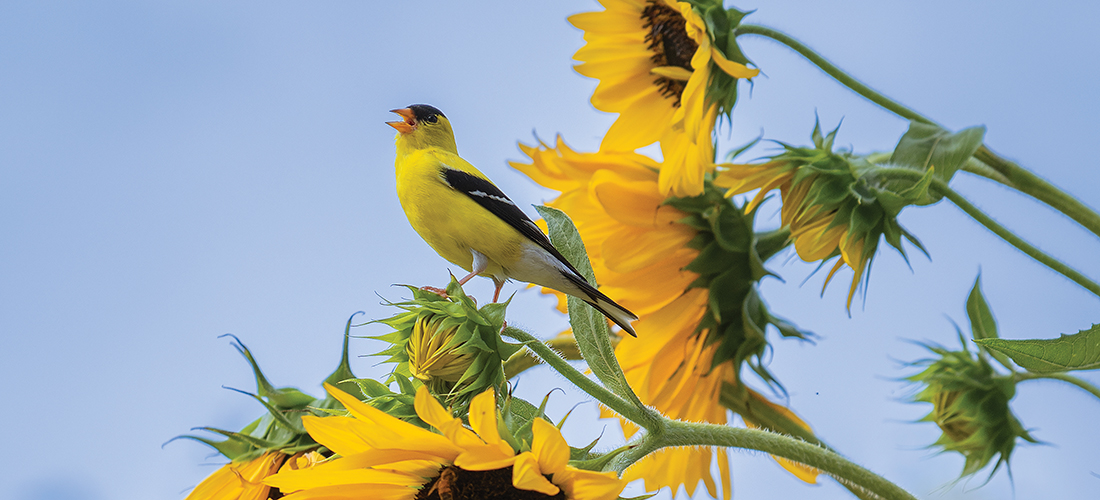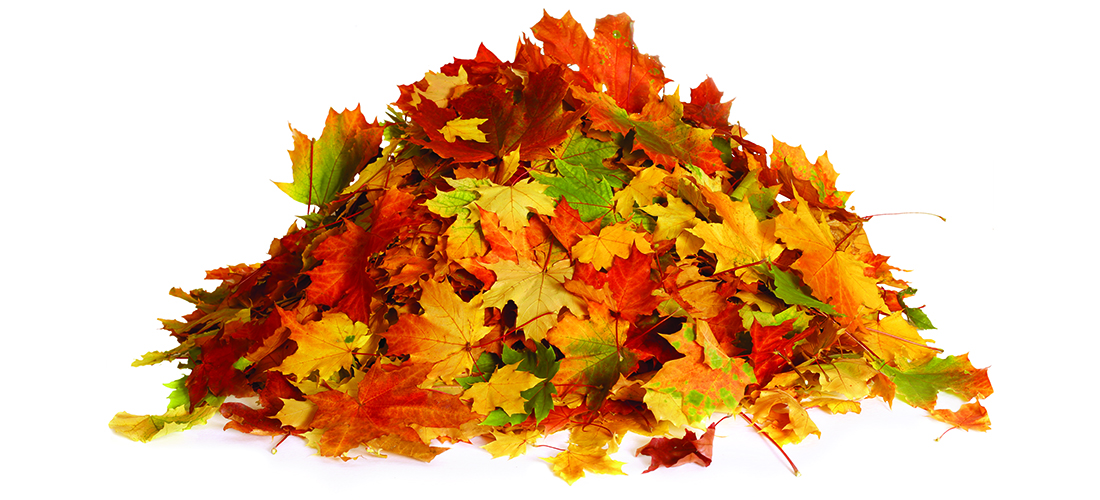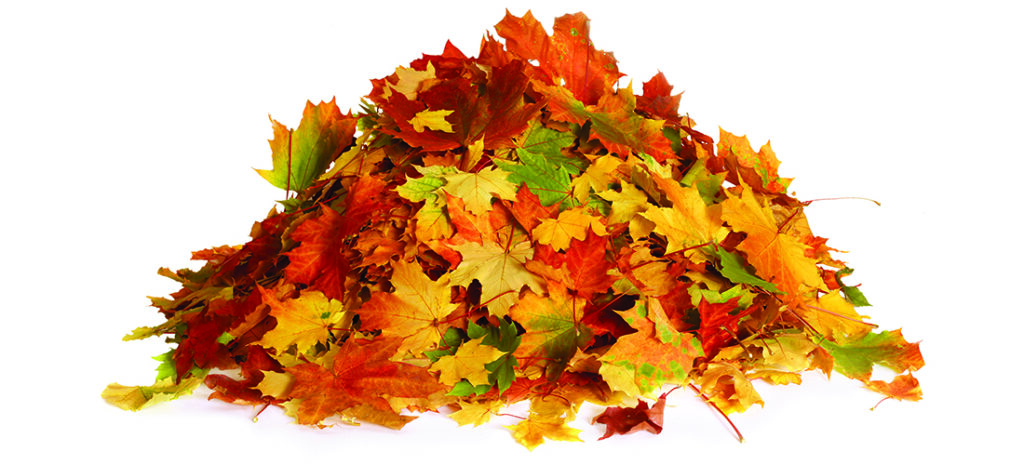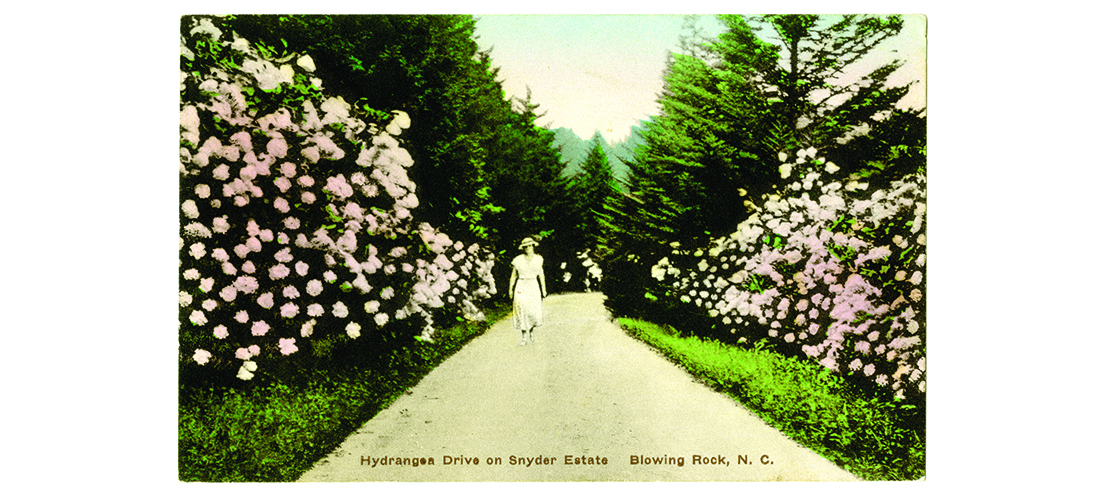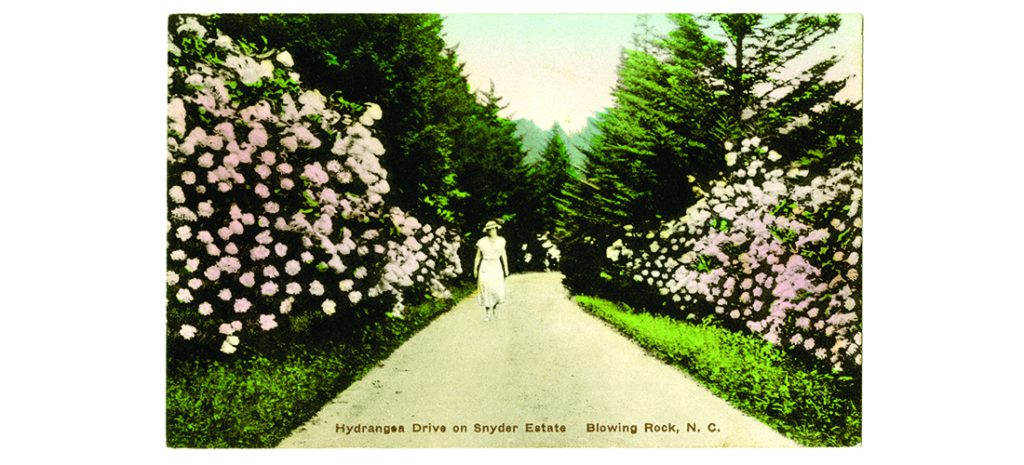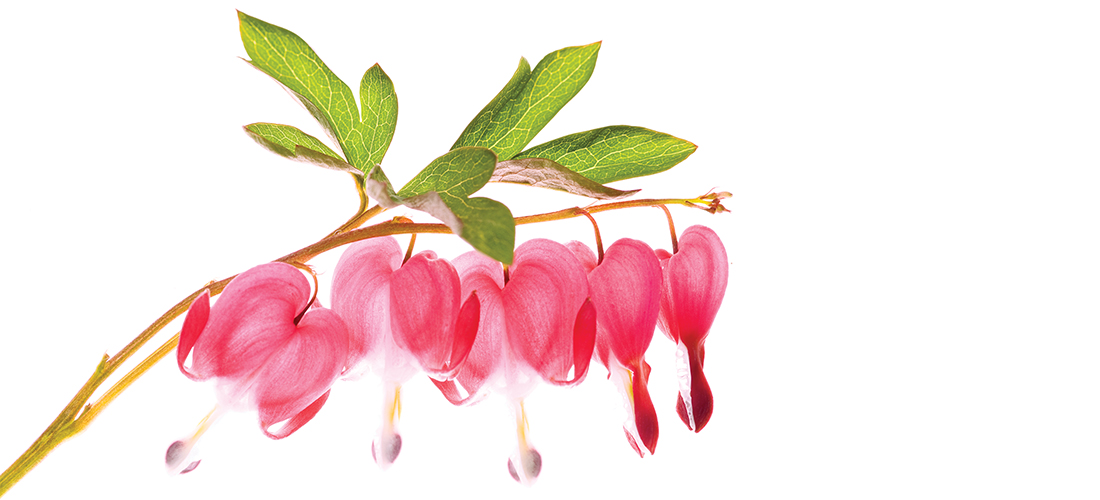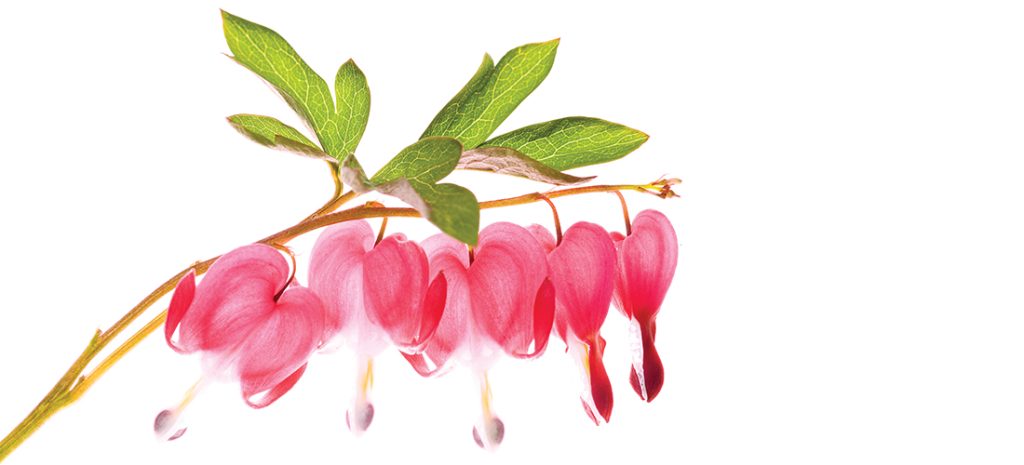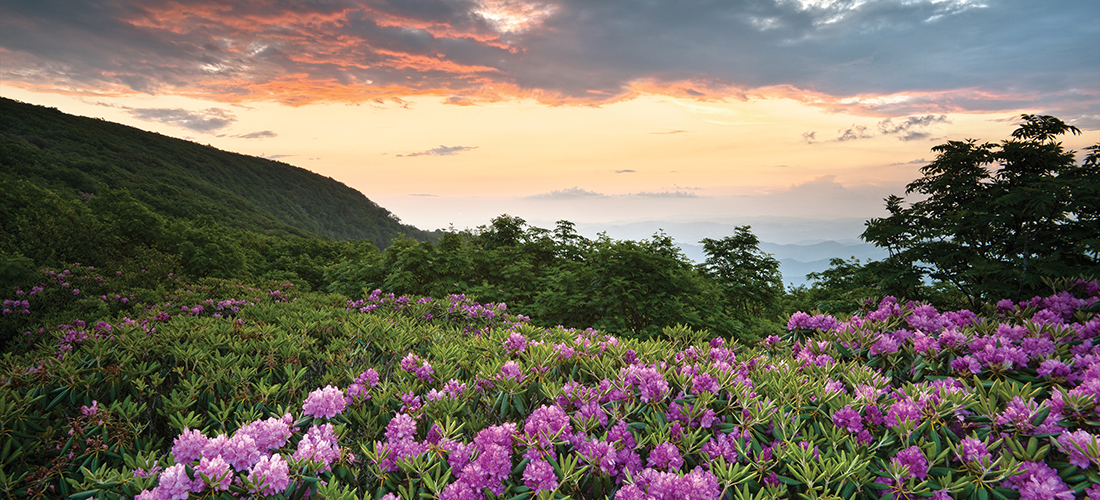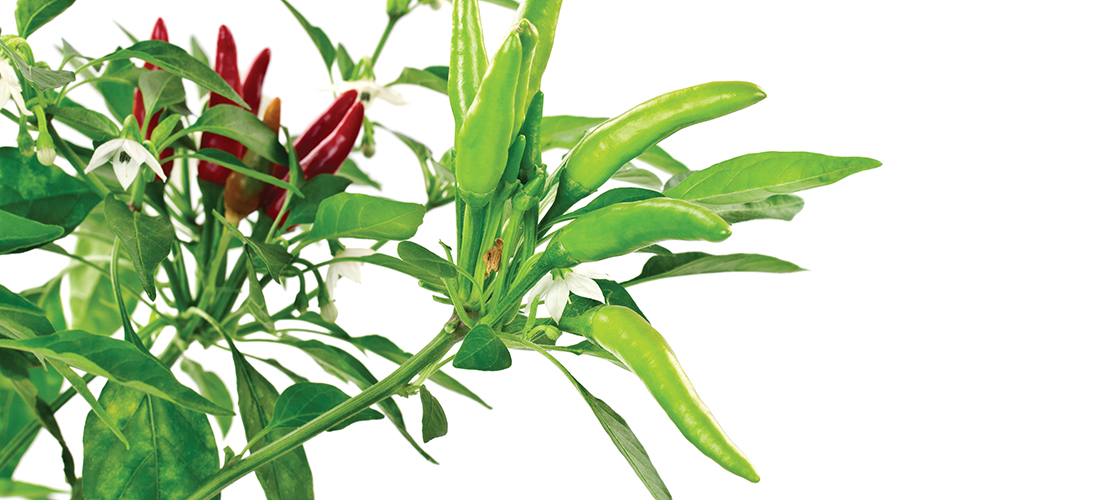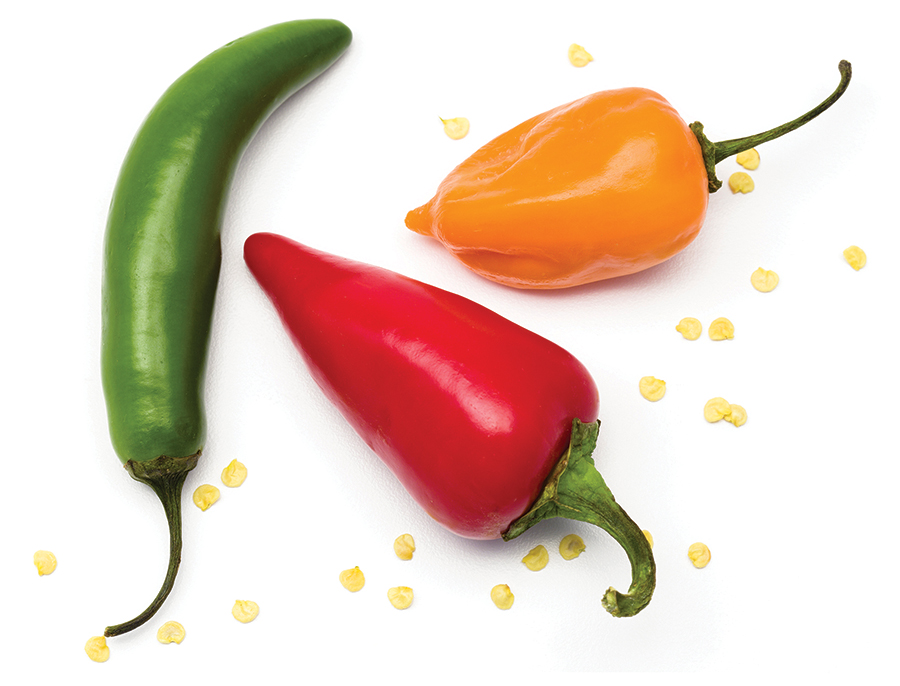Botanicus
Botanicus
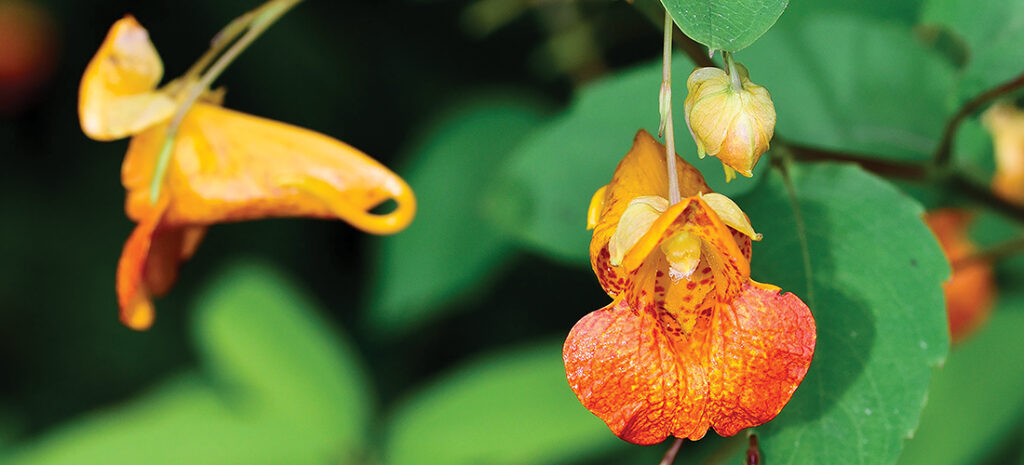
The Jewelweed Experiment
One man’s weed patch can be another’s wild garden
By Ross Howell Jr.
Ross Lackey is the first person I ever heard use the word “curating” to describe sustainable agriculture and landscaping. I met him years ago on a tour at Juneberry Ridge, a 750-acre spread just outside Norwood. Lackey thinks of farmers and gardeners as stewards, responsible for the elements that nature provides — earth, stone, water, trees, shrubs, grasses and flowers — protecting them, nourishing them, arranging them so they are presented in the most beautiful, sustainable and balanced way possible.
We gardeners are curating all the time. We thumb through our collection of catalogs, scroll websites and visit nurseries, selecting this or that bulb, flower, shrub or tree for its size, shape and color, and thinking about just where we want to plant it.
But, one day, I wondered, what would I get if I stopped gardening in the traditional way and simply curated nature?
“You’d get weeds,” the gardener in you just blurted.
And you’d be exactly right.
My Blowing Rock garden offered the opportunity for an accelerated and diverse experiment. The land slopes steeply from the crest of a high ridge, where the wind howls like a wolf in winter and eddies in the woods below, just beyond our split-rail fence.
My first spring there, I’d noticed jewelweed — eager, lime-colored, round-leaf sprouts — all along the rail fence. I recognized it from my days on the farm, where it grew by the creek next to our springhouse. Just as I’d been taught as a boy, I dutifully whacked down the sprouts with a string trimmer.
But the first year of my experiment, I let the jewelweed grow and reveled in its waist-high profusion of foliage and orange, red-speckled, pitcher-shaped flowers, where bees and other pollinators droned from morning till dusk. Hummingbirds fed on the jewelweed, too, one even keeping a perch in a wild cherry tree by the fence.
And once I put down the weed whacker, I found that the howling wind planted other gifts.
It blew seeds from mullein, milkweed, thistles and dandelions. It blew seeds that yielded the pink blossoms of fleabane and the yellow blooms of tickseed. It blew native daisies, clover, sundrops and yarrow.
Wild violets popped up here and there, and I moved them together in small beds, for effect. I discovered Jack-in-the-pulpit and Christmas ferns in the shade of a white oak by the fence.
As summer progressed, I found black-eyed Susans volunteering, along with wild asters, Queen Anne’s lace and bushy St. John’s wort. Later, the garden was dazzling with the delicate spikes of low-growing, rough goldenrod, along with the bursts of bloom atop 6-foot-tall spikes of Eastern goldenrod.
As the wild garden created itself, something was blooming somewhere in it throughout the growing season.
These days, with my experiment well into its third year, I’ve become a more active curator.
Thanks to gardening friends in Greensboro and Blowing Rock, I’ve added wild geraniums, mountain mint and wild ginger. I’ve purchased and planted purple coneflowers, Eastern columbine and oakleaf hydrangeas, plus a fire azalea bush and redbud trees.
In the fall, I cover the art in my natural museum with leaves and hardwood bark mulch, leaving the seed stalks for the birds and critters. In spring I administer a modest dose of composted cow manure and more mulch.
I’m happy. My wild garden looks happy.
All because of a conversation with Ross Lackey. OH
Ross Howell Jr. is a contributing writer. Ross Lackey and his wife, Tiffany, a chef, are headquartered at Holly Hill Farm in the community of Whynot, near Seagrove, where Lackey offers land design consulting and services. Tiffany recently opened Seagrove Café, where her cinnamon buns are in high demand. For more information, visit www.hollyhillfarmnc.com.


